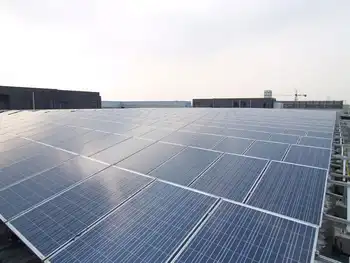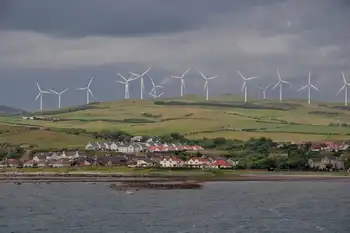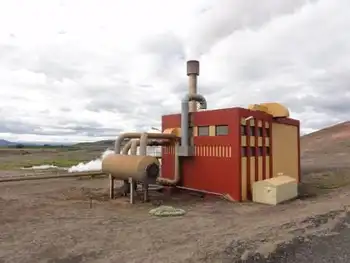Burlington Hydro launches SmartGridCity partnership program
By Canada News Wire
Substation Relay Protection Training
Our customized live online or in‑person group training can be delivered to your staff at your location.

- Live Online
- 12 hours Instructor-led
- Group Training Available
The new program will showcase how smart grids integrate electricity production, and delivery and consumption to produce a more efficient, reliable and responsive system that is better for the environment.
GridSmartCity partners will collaborate on smart grid projects to illustrate new technologies. These projects will help to fuel the growth of innovative green industries. Smart grid technologies, combined with advanced communications and computer analytics, will aid greater use of renewable 'Green Energy' sources from the sun, wind and devices such as electric vehicles.
"Smart grid development in Ontario will help build a greener electricity system by making it easier to integrate increasing amounts of renewable energy into the electricity grid, and enabling new conservation technologies," said George Smitherman, Deputy Premier and Minister of Energy and Infrastructure. "With GridSmartCity, Ontario has a model that will help our province reach its aspirations for a cleaner, greener energy supply while leading the cutting edge of the green economy."
"Energy, its availability, reliability, and price are key factors in attracting investment and building and retaining industry," said Cam Jackson, Mayor of Burlington. "Burlington Hydro's leadership role in the smart grid field, through the GridSmartCity, represents an important economic advantage in today's competitive marketplace."
"GridSmartCity is about how we transform today's electricity system into the smart grid of tomorrow," said David Collie, President of Burlington Hydro. "Working together, GridSmartCity partners look to speed the development and deployment of smart grids and smart grid devices that enable utilities, industry, and consumers to use energy more wisely."
GridSmartCity will assist consumers to learn more about smart grids, time differentiated prices and in-home energy management tools. A better understanding of their energy use helps consumers to manage their electricity cost more successfully.
A number of leading energy industry companies and corporate environmental leaders are among the first organizations to join the GridSmartCity Program including, Grant Buchanan, President of S&C Electric, Jack Robertson, President of Elster Canada, Mel Ydreos, Vice President of Union Gas, Scott Leslie, Chief Financial Officer of Menova, Fidel Reijerse, President of RESCO Energy Inc. and Sandy Treagus, Chief Financial Officer, Mountain Equipment Co-op.
The GridSmartCity initiative stems from recent discussions of senior members of Ontario's electricity industry who formed a group called the Ontario Smart Grid Forum. The Forum's recent report, Enabling Tomorrow's Electricity System, recommended that distribution utilities undertake demonstration projects on smart grid technologies.
GridSmartCity accelerates this process. It offers a unique platform for technology developers and other interested firms to combine all the major elements of a smart grid into an integrated suite of projects. Such projects will help to identify `best practices, and new devices and processes that will demonstrate the full capabilities of a smart grid.











